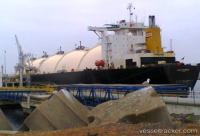
LNG Taurus Photo: Vesseltracker.com
In honor of Halloween, here is a troubling account of a modern-day haunted ship. The LNG Taurus was one of a series of ten Moss-Rosenberg type 125,000 cubic meter Liquefied Natural Gas ships (LNG) ships built by General Dynamics in Quincy Massachusetts in the late 1970s. The story takes a while to tell, so please bear with me.
As a liquid, natural gas is 600 times more dense than as a gas, which is why it is economical to carry by ship. The challenge is that natural gas can only be liquefied by refrigeration which means that LNG ship are essentially giant thermos bottles carrying gas liquefied at approximately −162 °C (−260 °F). Some claim that because of the potential volatility and energy contained in the cargo, that LNG ships could be floating bombs, capable of doing significant damage to port cities if the hulls were breached. So far, in a half century of LNG ship operations, these fears have proven unwarranted.
There have been close calls. When I heard that Robin Williams took his life in August, I was reminded of the suicide of the captain of an LNG ship which ran hard aground in a storm at the entrance of a Japanese port, many years ago. When it must have seemed that his ship would break up, spilling its dangerous cargo with unknown but dire consequences, the captain stepped into his cabin and committed suicide with the ship’s revolver.
Continue reading →

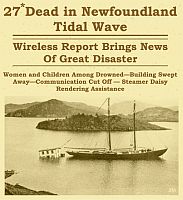 The word tsunami usually brings to mind seismic waves in the Pacific or the Indian Oceans. Eighty five years ago today, an
The word tsunami usually brings to mind seismic waves in the Pacific or the Indian Oceans. Eighty five years ago today, an  A month long Pacific cruise on the Princess Cruise Line
A month long Pacific cruise on the Princess Cruise Line  Twenty years ago, a small group of enthusiasts conceived a plan to build a replica of the French frigate,
Twenty years ago, a small group of enthusiasts conceived a plan to build a replica of the French frigate,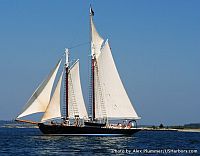 Great news about the schooner
Great news about the schooner  Back in the 70s, the advent of oceangoing ships with wheeled cargo introduced the shipping community to the
Back in the 70s, the advent of oceangoing ships with wheeled cargo introduced the shipping community to the 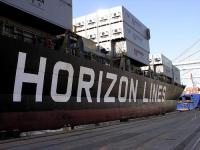 Yesterday,
Yesterday, 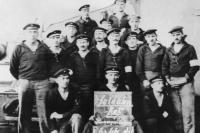
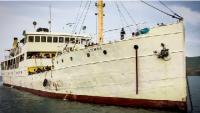

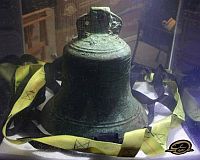

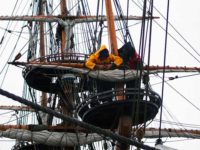
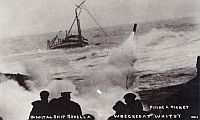 Just over 100 years ago, the World War I hospital ship,
Just over 100 years ago, the World War I hospital ship,